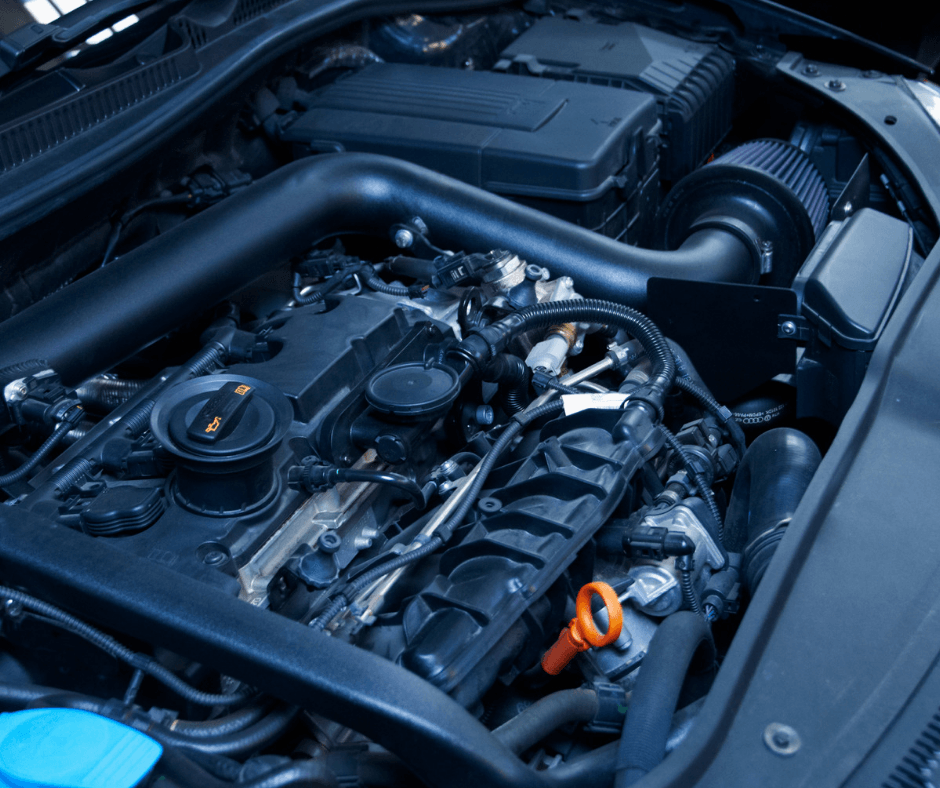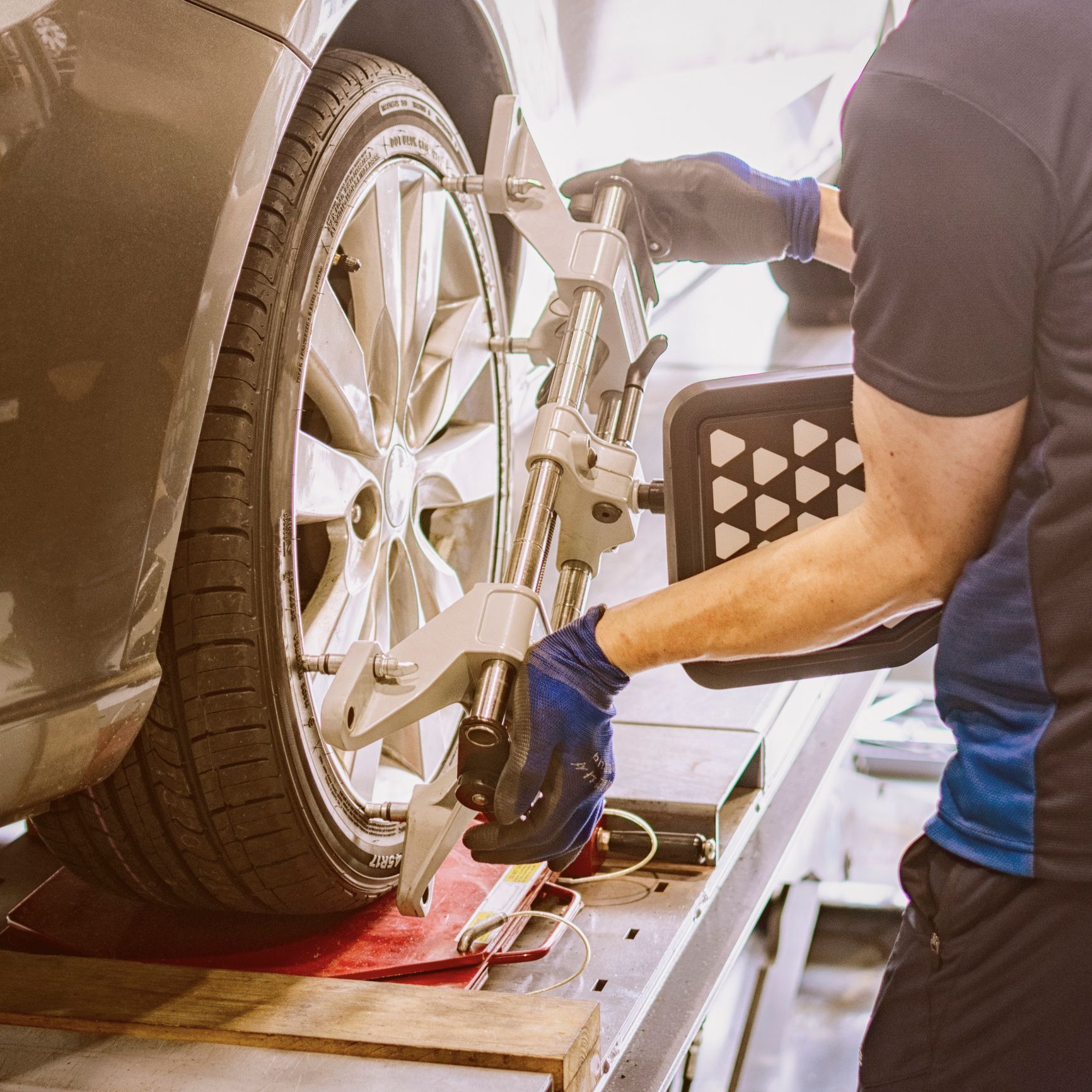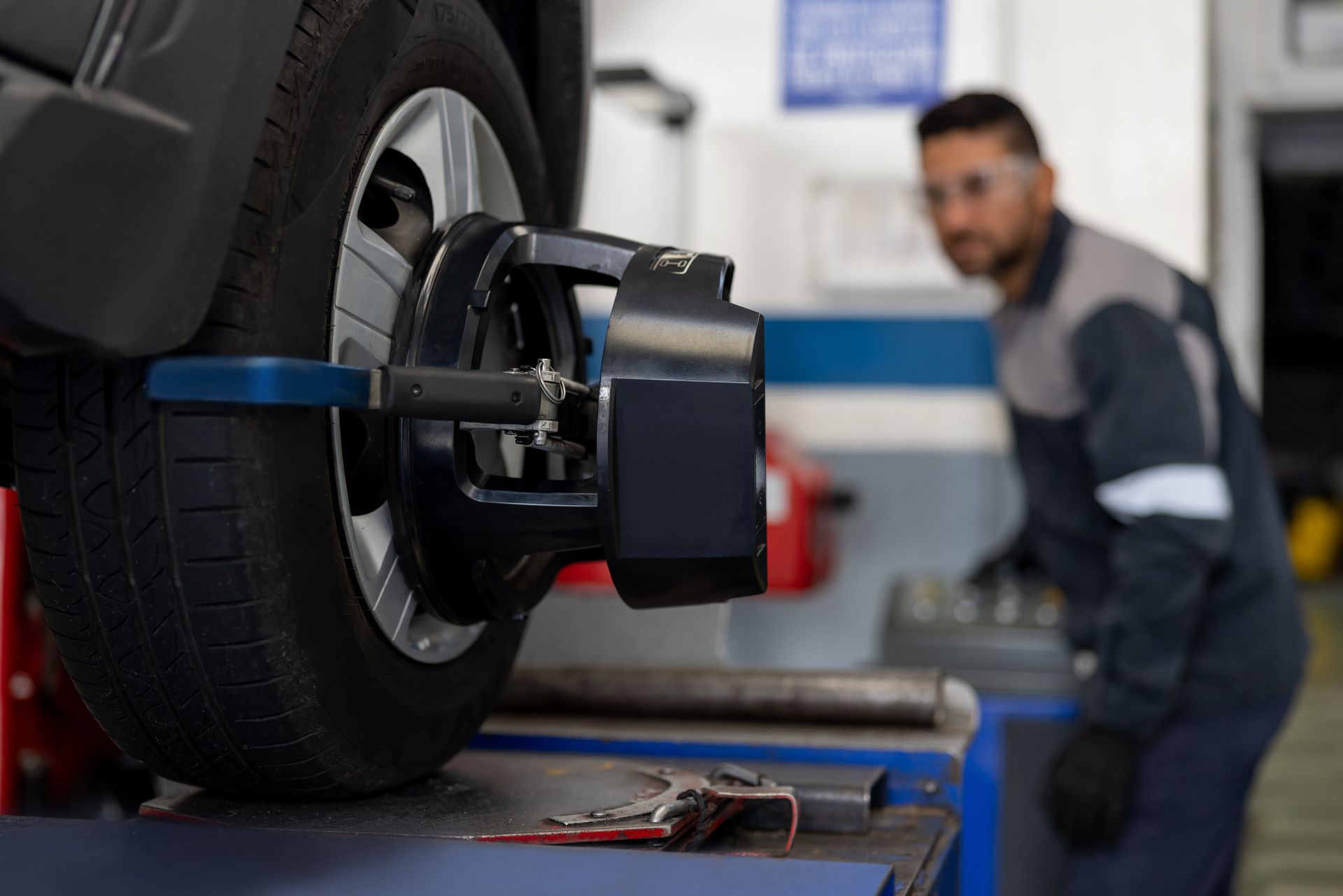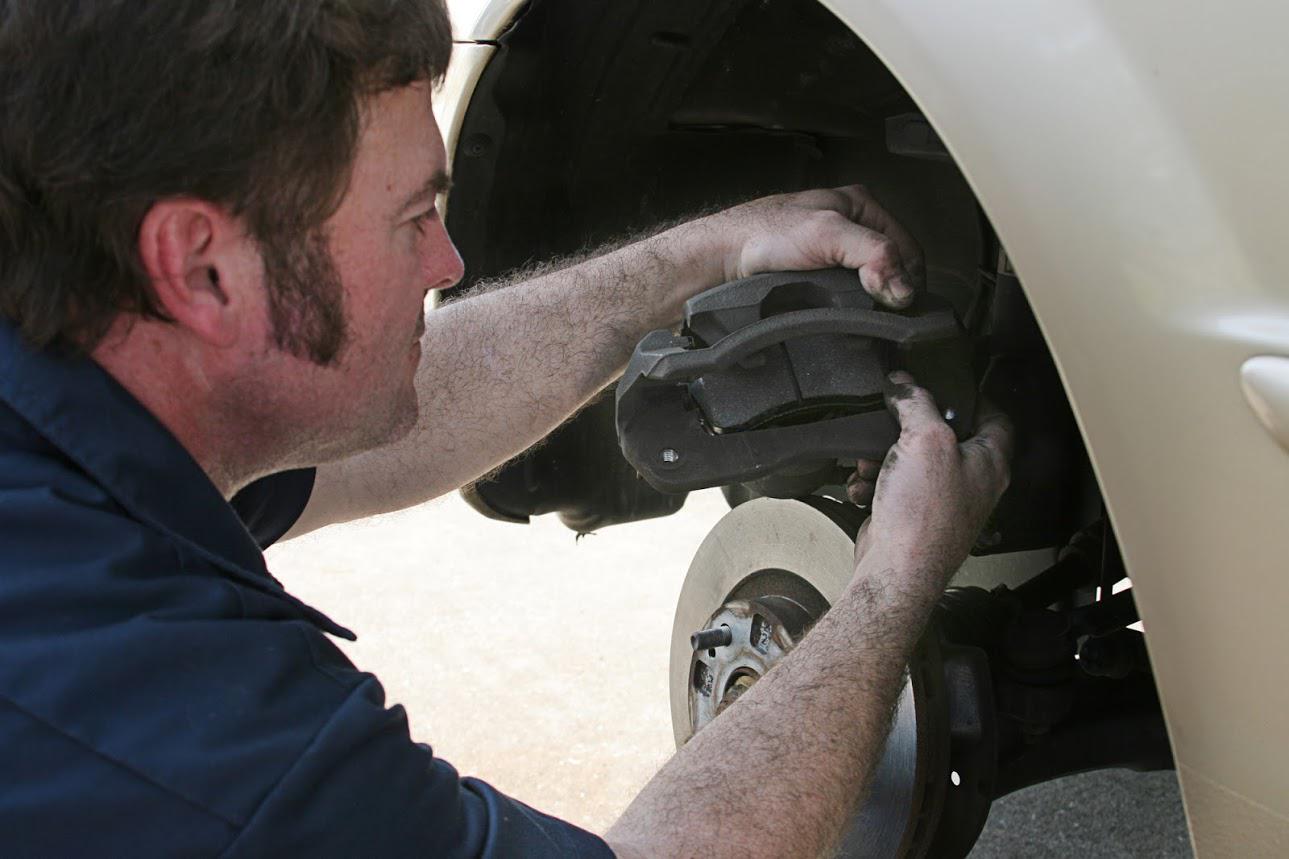3 Ways to Keep Your Catalytic Converter Running Strong

In the process of powering your car, your engine produces a significant amount of toxic exhaust compounds, including hydrocarbons,carbon
monoxide,and nitrogen monoxide. In order to minimize environmental impact, all cars manufactured today contain a component known as the
catalytic converter, which turns harmful exhaust substances into relatively benign ones.
Unfortunately, catalytic converters have a some what delicate physical structure and can suffer damage that impacts their ability to clean your
exhaust. If you would like to learn more about howto keep your catalytic converter from failing, keep reading. This article offers three key tips for
extending the lifespan of your catalytic converter.
1. Have Your EGR Valve Inspected
A key part of your engine's exhaust system goes by the name of the exhaust gas recirculation valve, or EGR valve for short. The EGR valve
recirculates a portion of exhaust back through your engine. This allows your engine to capitalize on any unburned fuel that had originally passed
into the exhaust without combusting.
The EGR valve helps to ensure optimal fuel efficiency. In addition, the EGR valve promotes cooler combustion temperatures. By keeping
combustion temperatures below 1100 degrees, your car produces a much smaller amount of the dangerous substance known as oxides of
nitrogen.
When an EGR valve fails, combustion temperatures rise, leading to hotter exhaust. These temperatures often end up literally melting the inside of
your catalytic converter, leaving it incapable of cleaning your exhaust. Clogs, leaks, and damaged hoses can all impact the performance of your
EGR valve.
2. Never Use Silicone Sealants on Your Exhaust System
In order to ensure high efficiency, a car engine must keep air leaks at an absolute minimum. Leaks may occur anywhere two components link
together since it can be difficult to achieve a truly air-tight seal using mechanical fasteners alone. For this reason, mechanics almost always use
sealants when installing flanges and gaskets.
Silicone sealants have gained popularity in recent decades, thanks to their durable nature and relative ease of installation. Yet silicone sealants
have a significant drawback, in that they can only handle temperatures of up to 700 degrees Fahrenheit. Silicone sealants work fine in lower
temperature parts of your engine like the oil pan and intake manifold.
Yet silicone can easily burn when used to seal components on the exhaust side of your system. As silicone burns, it out gases, often causing a film
of silicone to form on your oxygen sensor. This coating makes it hard for the sensor to correctly control the air-to-fuel ratio inside your engine.
As a result, your car may end up allowing too much fuel into the engine. This condition, known as rich fuel, results in higher than acceptable
exhaust temperatures. Just as with a bad EGR valve, these temperatures will ultimately damage your catalytic converter. Therefore, only products
with appropriately high-temperature ratings should be used to seal the exhaust side of your engine.
3. Watch Your Exhaust
Another common source of catalytic converter failures goes by the name of oil fouling. Simply put, in a
well-working car, engine oil should never enter the catalytic converter. When it does, it forms deposits in
the converter, plugging up the small holes through which exhaust flows. This restricts the flow rate,
reducing the efficiency of the converter and making it more prone to damage.
Oil usually enters the exhaust system as a result of problems inside of the engine. Specifically, damaged
or faulty pistons or valve seals may allow oil to escape into the combustion chamber. Oil leaks often
manifest as a blue-ish tinge to your car's exhaust. If you have noticed that your exhaust looks blue, you
must seek professional assistance as soon as possible.
For more information about how to keep your catalytic converter in good working order, please contact the automotive experts
at Dualtone.









